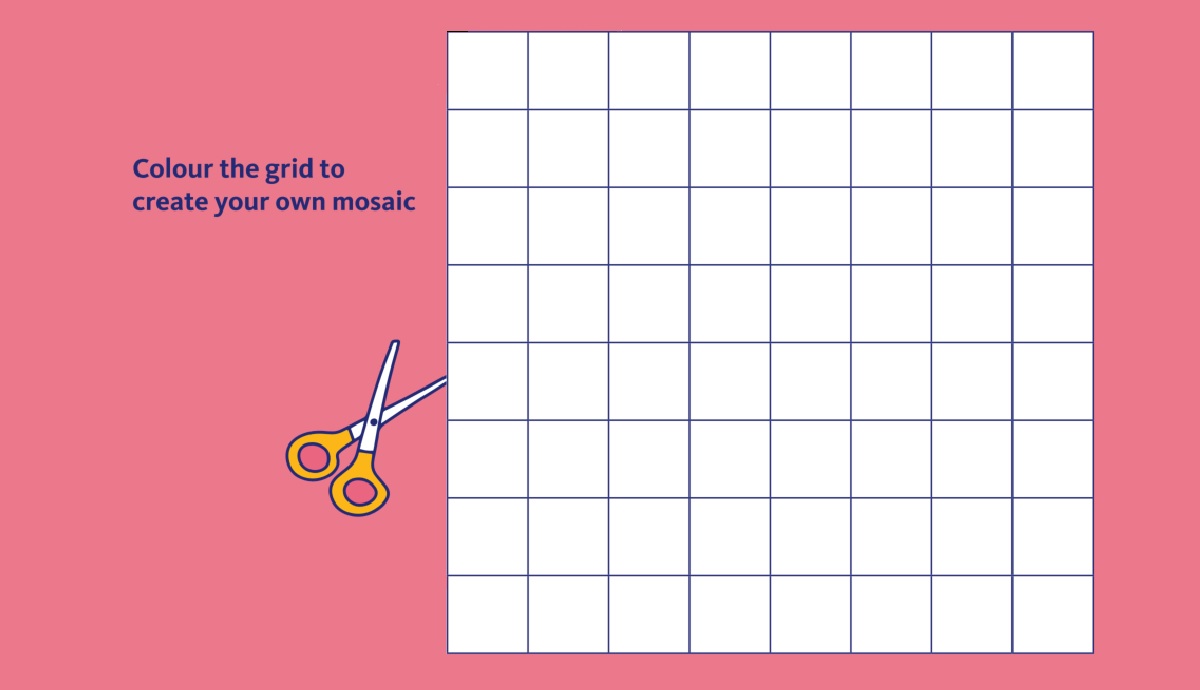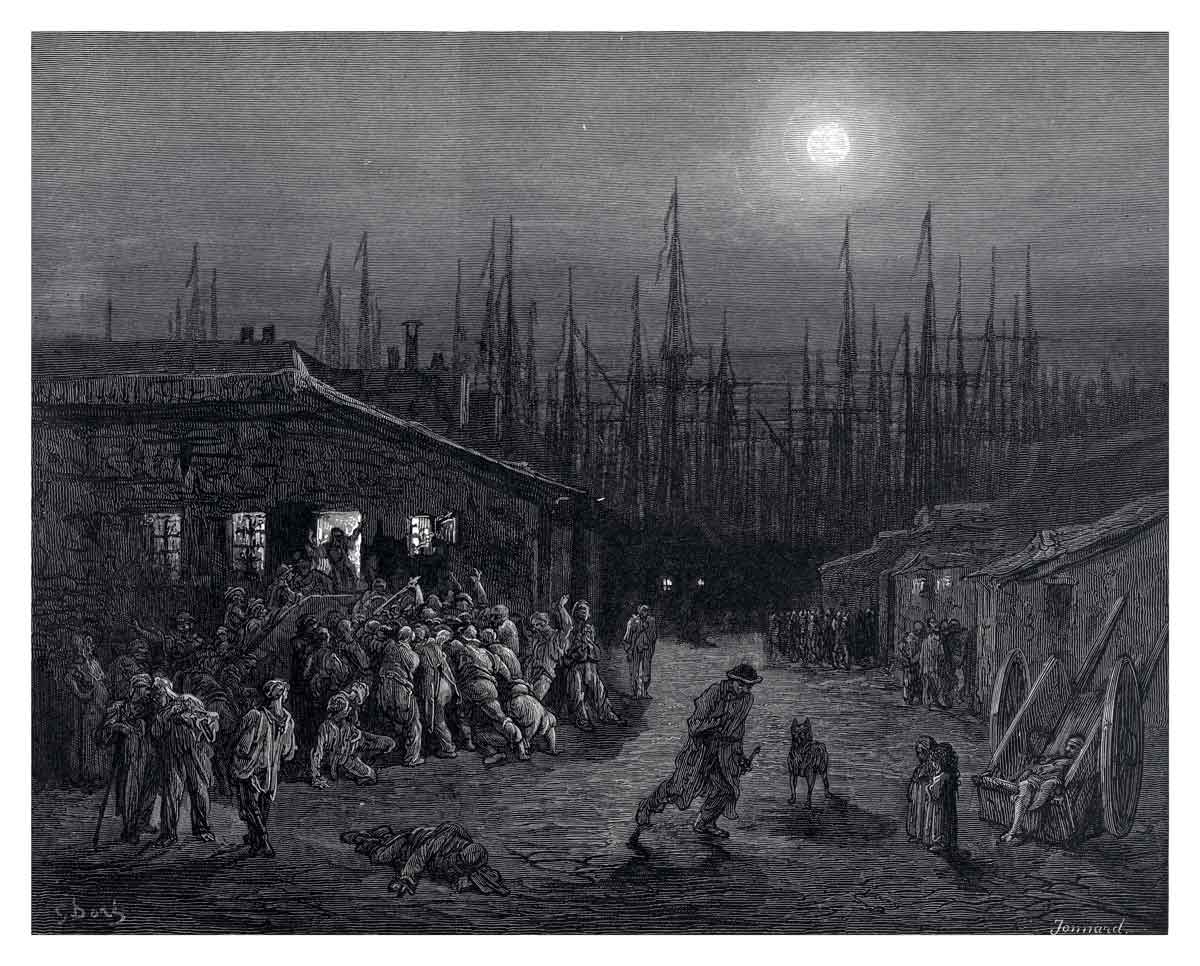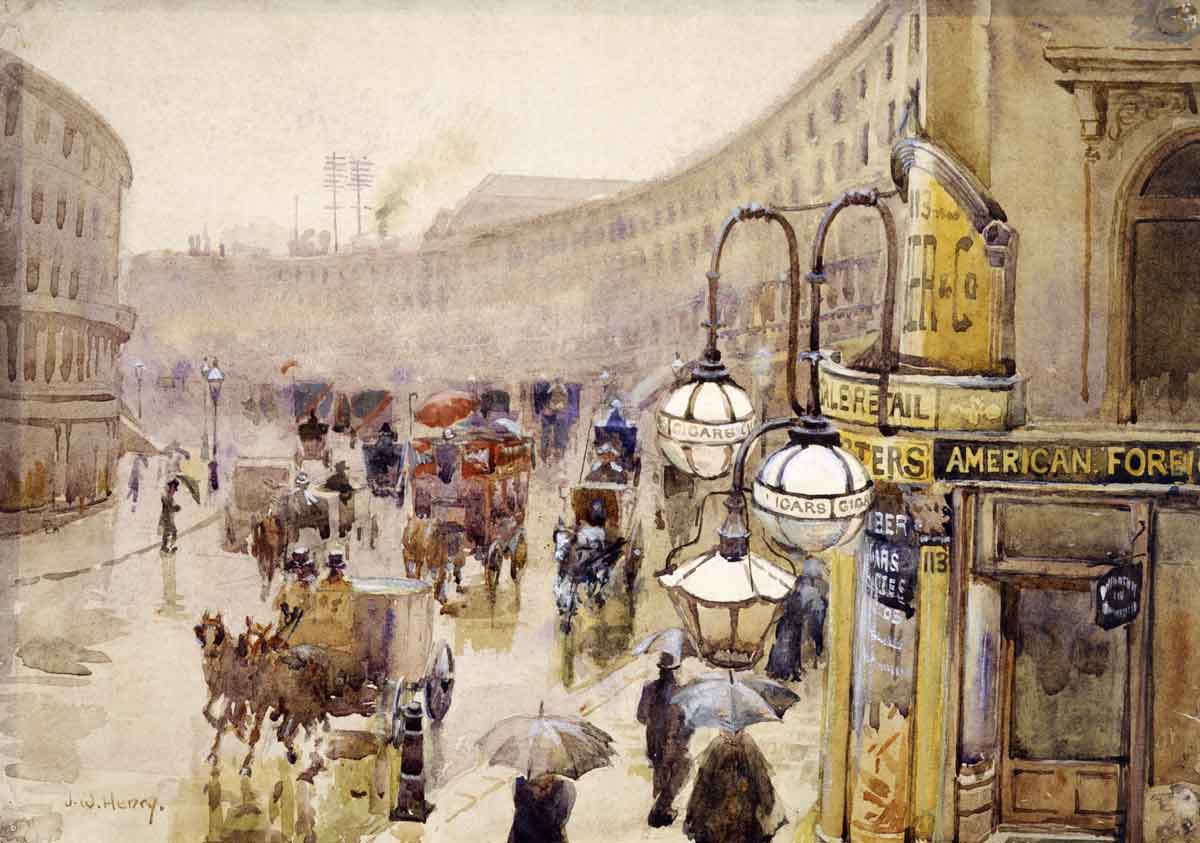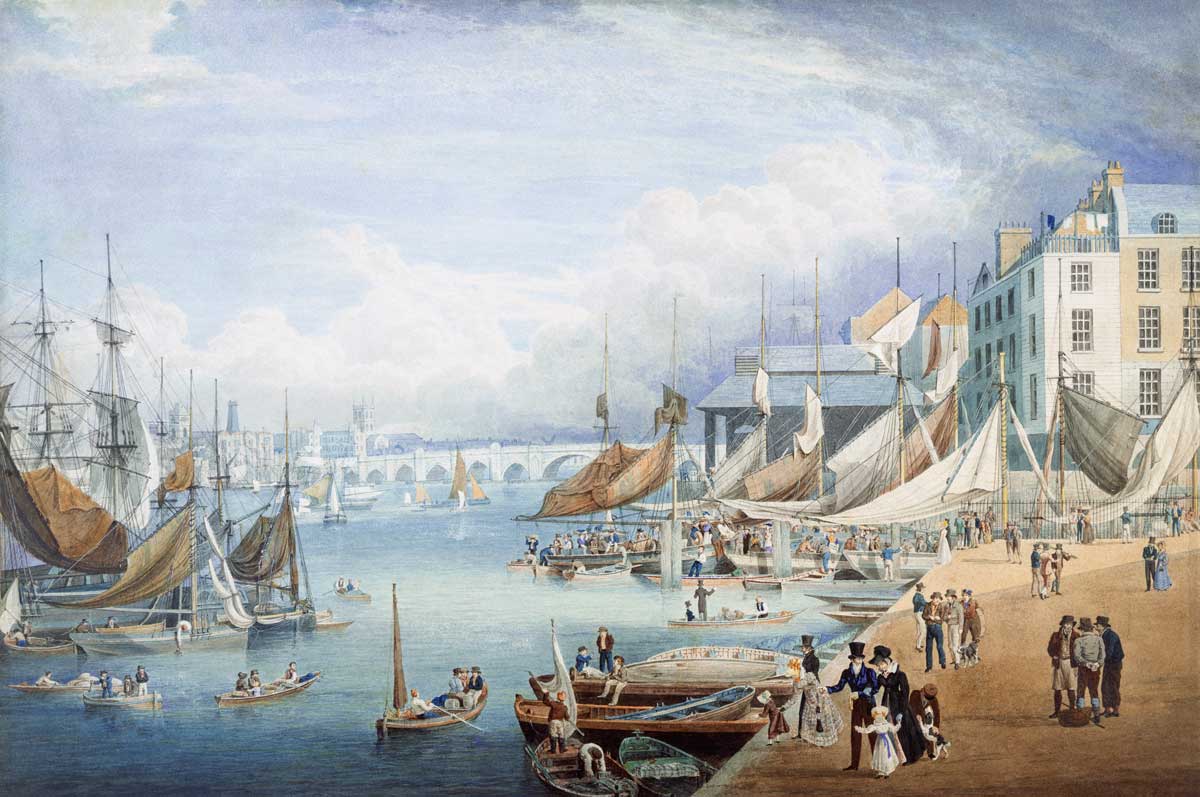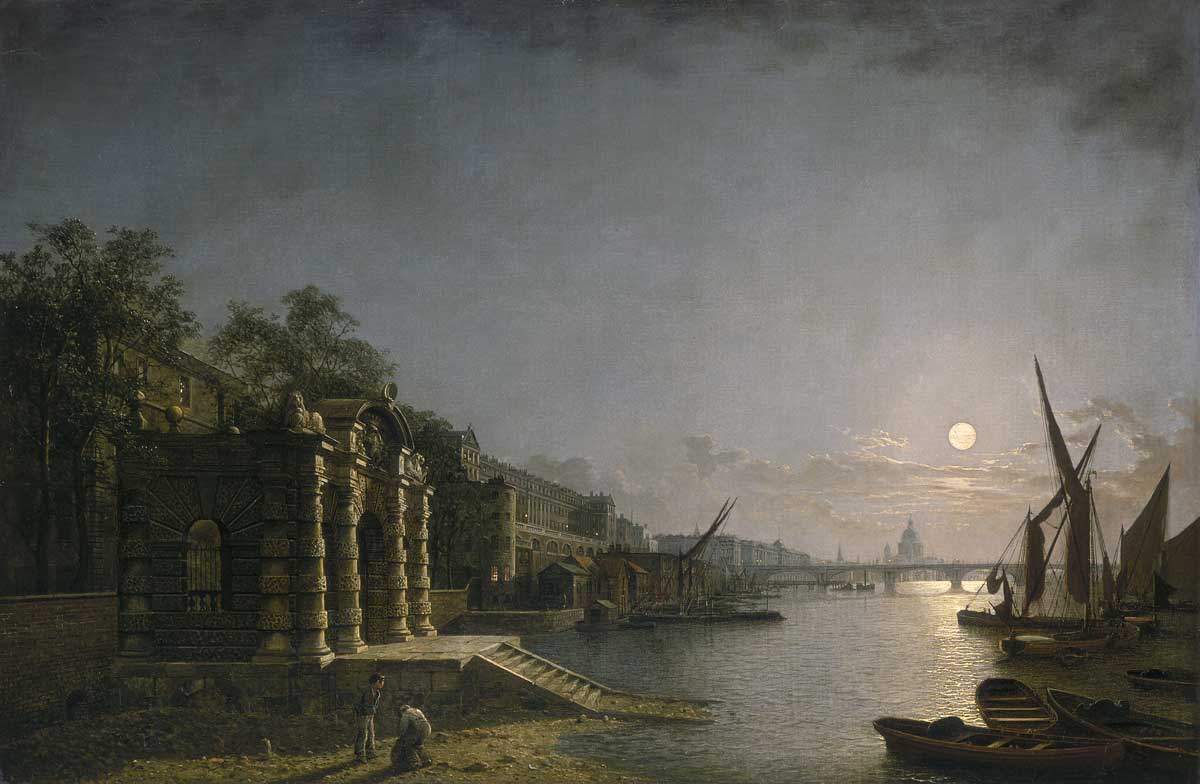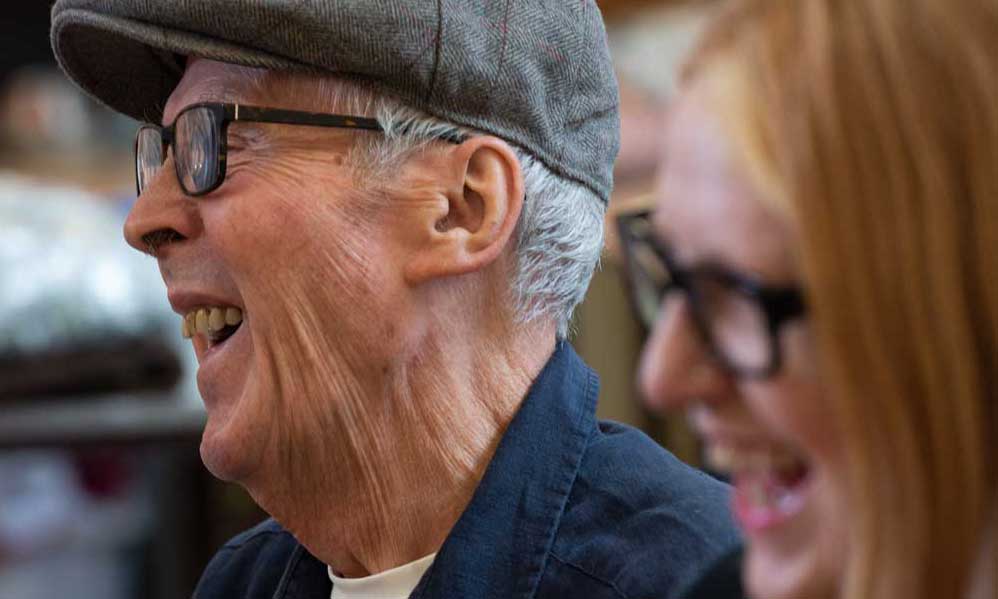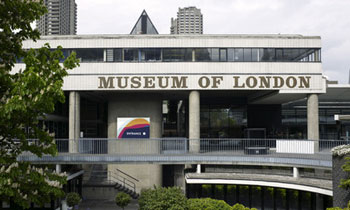- Creative & Connected – January 2021
- Creative & Connected – December 2020
- Creative & Connected – November 2020
- Creative & Connected – October 2020
- Creative & Connected – September 2020
- Creative & Connected – August 2020
- Creative & Connected – July 2020
- Creative & Connected – June 2020
- Creative & Connected – May 2020
Creative & Connected: January edition
Enjoy these simple and creative activities for people affected by dementia, their carers and loved ones from our Memories of London team. This month: Picturing London - artworks created by Londoners and for Londoners.

The Museum of London has a large collection of artworks created by Londoners and for Londoners. In this issue we explore just a tiny selection of them and highlight that there is no ‘right’ or ‘wrong’ when it comes to exploring art and creativity.
London Lives podcast
In this podcast series we delve into the rich stories of London’s people to create an audible journey to the past.
Each episode is inspired by an object from the Museum of London collection and shares the reflections of real Londoners and their London lives. Listen back to hear wonderful stories of a cheeky, century-old Steiff teddy bear, the joys of Caribbean carnival and more!
Activity pack
Simply click the following link to download a large-print PDF copy of this month's activity pack.
We recommend printing it off as it has activities to fill out, trace or complete such as this mosaic grid, inspired by a magnificent Roman mosaic on display in our Roman London gallery:
You can also enjoy some of this month's Creative & Connected activity pack below:
Finding faces
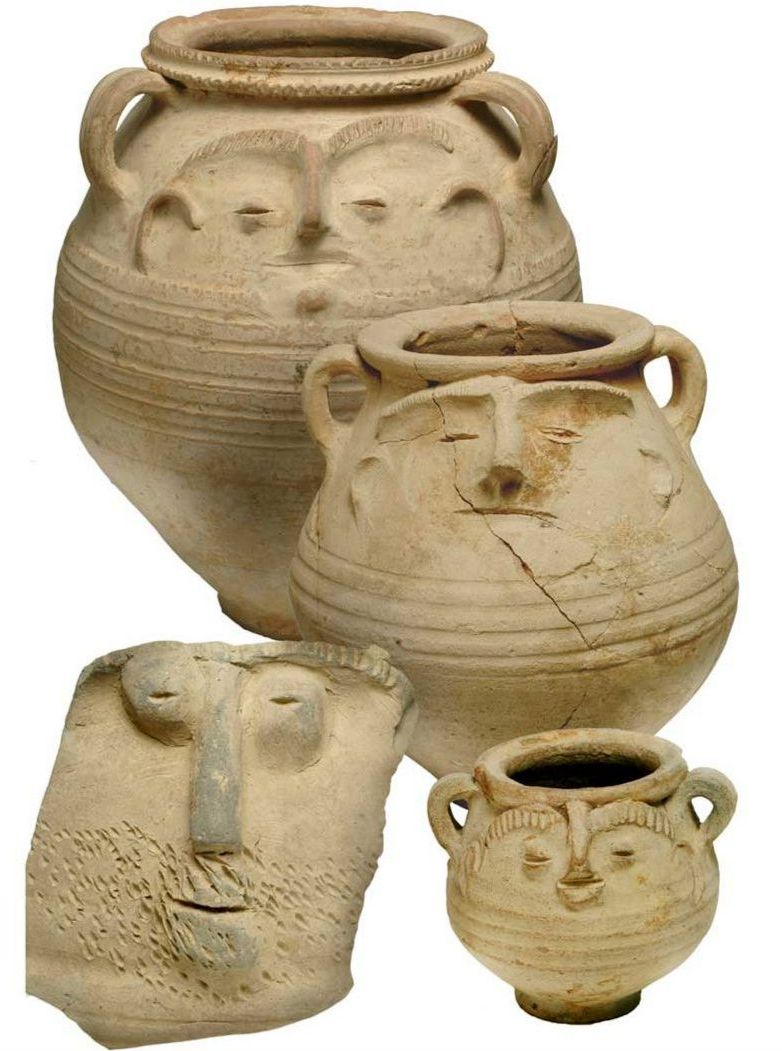
Faces crop up at every turn in paintings, photographs, objects and architecture in the Museum of London collection.
These Roman pots were found in the Walbrook area and were made between 43 AD and 200 AD.
Can you see the faces? It is not known what the faces are meant to portray – are they human, godly or theatrical? What do you think?
What emotions do we show? Try sculpting your own simple face pot with blu tack or clay.
Fancy exploring our collections and seeing what faces you can find? Visit our Collections Online and search ‘face’ in the search bar.
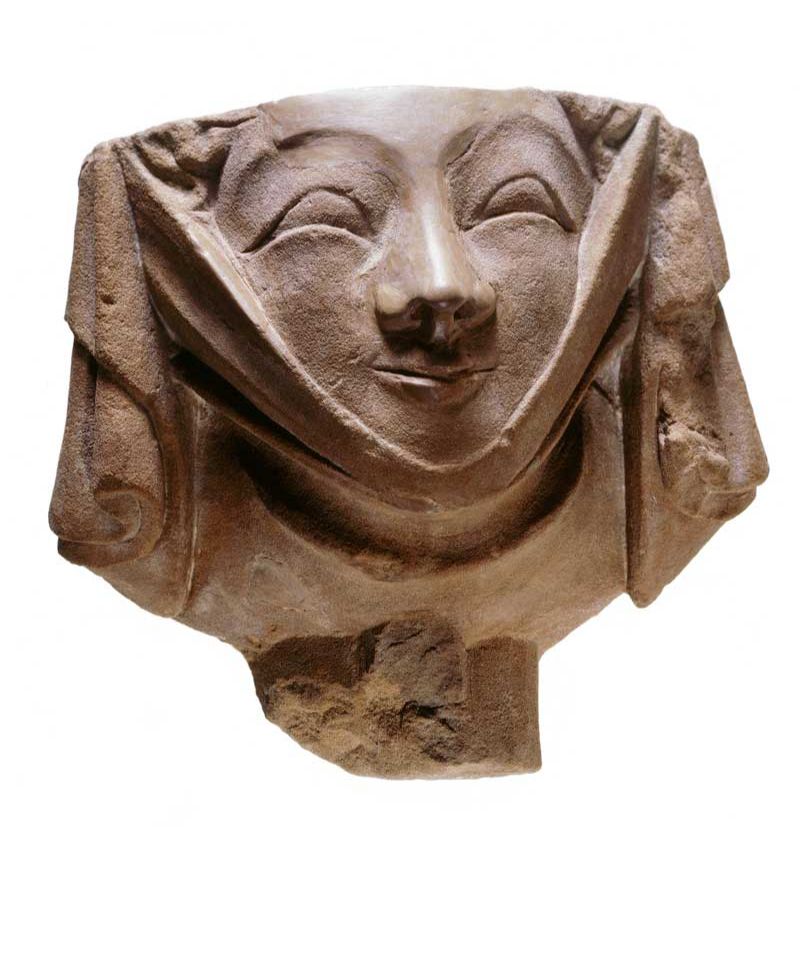
This carved stone head was found near Fleet Street. It would have jutted out from a wall on a medieval building.
What do you think of her wimple? They were very fashionable in the medieval period!
Look around you. Can you find any faces in your surroundings?
The faces could be human or animal, alien or mythical. They might be in wall fixtures or patterns in your carpet, hidden in the clouds, or amongst the trees.
Take a photo, draw or describe the faces you find. You could do this alone or with friends.
Artist, Gustave Doré highlighted the darker, grittier sides of London life in his illustrations. What do you think of this illustration of London’s East End docklands?
Doré made his artworks by engraving them into wood before printing with ink onto paper. Have you ever tried printing? Why not have a go at potato printing following the steps below Doré's picture.
Explore more works from Gustave Doré and Blanchard Jerrold’s 'London: a Pilgrimage’ (1872) on our website here.
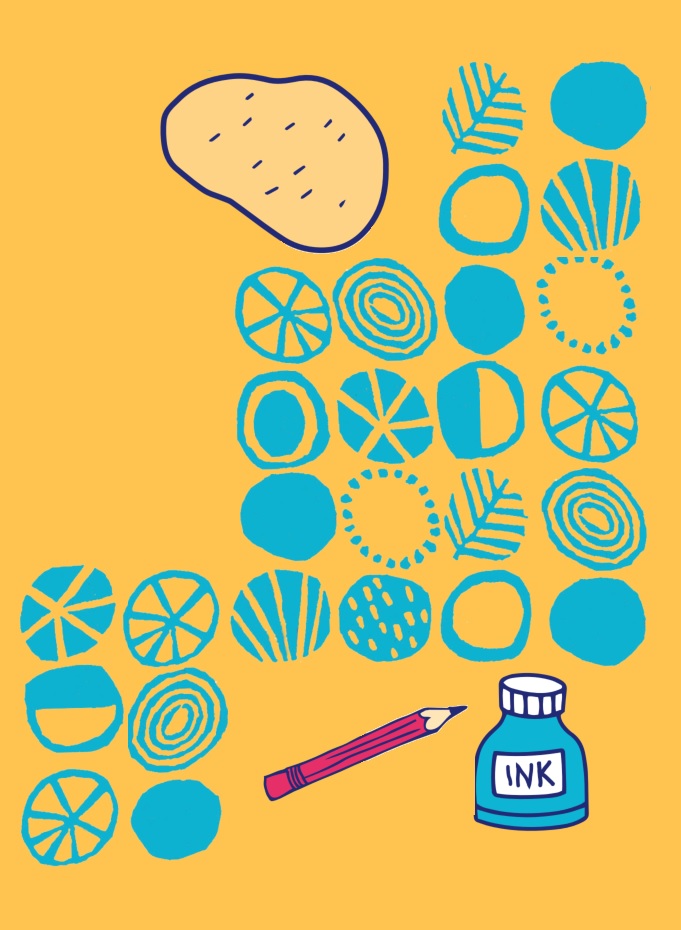
What you need
- A potato, cut into thick slices
- Something sharp to carve into the potato (we suggest a pointed pencil/pen)
- Paint or ink
- Paper or fabric to print onto
How to do it
- Cut a potato into thick slices
- Carve a simple pattern or design into the potato slices with a pointed tool
- Pat the potato stamp dry and dip it in paint or ink
- Press it onto paper or fabric to see your stamp appear
Creating colours
Although depictions of rivers and water feature heavily in the museum’s art collection, water is often used as an artistic material too.
This early-20th-century watercolour by Jane Henry depicts London’s iconic Regent Street on rainy day. Typical London!
Make your own watercolour paints to create your own rainy day painting.
What you need
- Baking soda
- Food colouring (various colours)
- Water
- Ice cube tray
Method
- Fill each ice cube slot ¾ full with baking soda
- Add two drops of food colouring to each slot, using a different colour for each
- Slowly add water, mixing gently until the baking soda dissolves
- Add a little more baking soda until the mixture is thick
- Leave to dry for 24 hours or freeze for four hours
- Once set, wet a brush or your painting tool, rub it on the colour palette and get painting!
You can also make your own natural inks at home. Simply submerge one of these in boiling water for a day, then use the coloured water to experiment…
- flower petals
- leaves
- red cabbage or beetroot
- turmeric or paprika
Wonder in water
Since the city’s inception, the River Thames and London’s other waterways have shaped Londoners’ lives and inspired generations of artists.
These two paintings depict different stretches of the River Thames and its banks in the early 19th century. What differences are there between them?
Write some words to describe each painting. Think about:
- The weather and time of day
- The people
- The mood
- Sounds you might be able to hear in the painting
- Aromas you might be able to smell
- If the water is clean or dirty
- Which one you like most and why
Listen to art
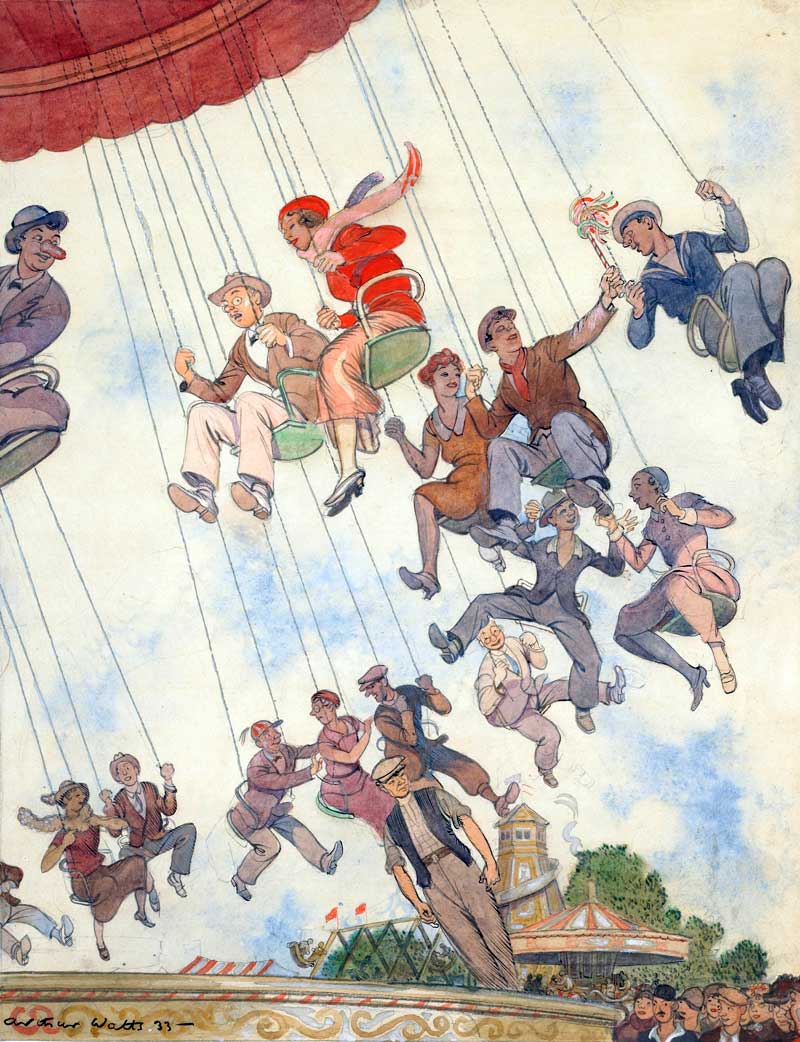
Artworks can be brought to life by looking at them while listening to different types of music.
Play your favourite music and look at this colourful 1933 watercolour by Arthur Watts...
How does it make you feel?
Is it a good fit for what’s happening in the painting?
What songs or music might match the other artworks on this page?
Read more about Arthur Watts and this painting here.
Want to know more about our art collect?
Take a look at the the Prévost panorama, a 20 feet wide records what London looked like 200 years ago.
Or read about how war artists saw the tube shelters during the Blitz.
That's all we have for you this time, but remember to join us again next month!
You can find all the issues of Creative & Connected right here.








